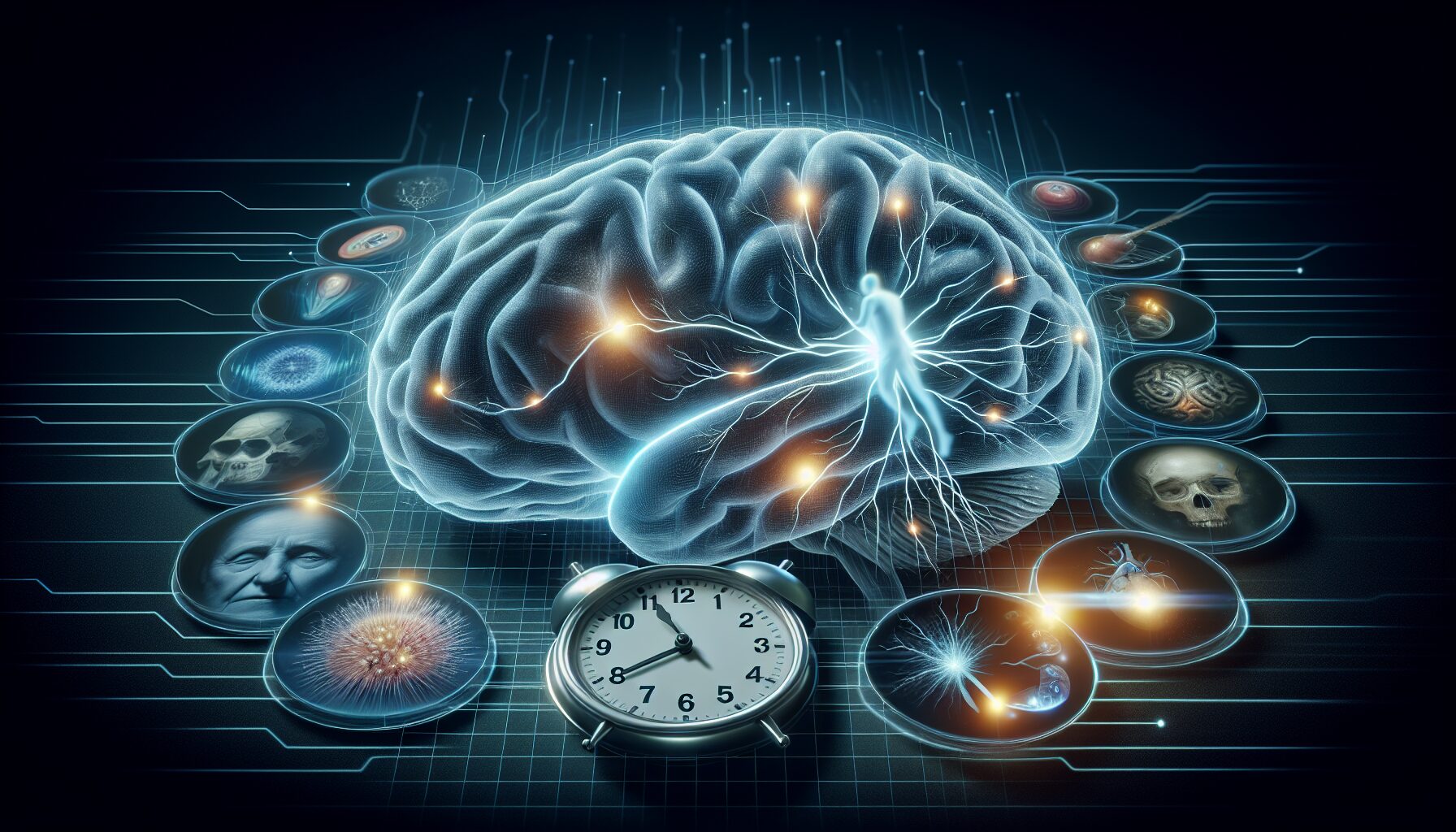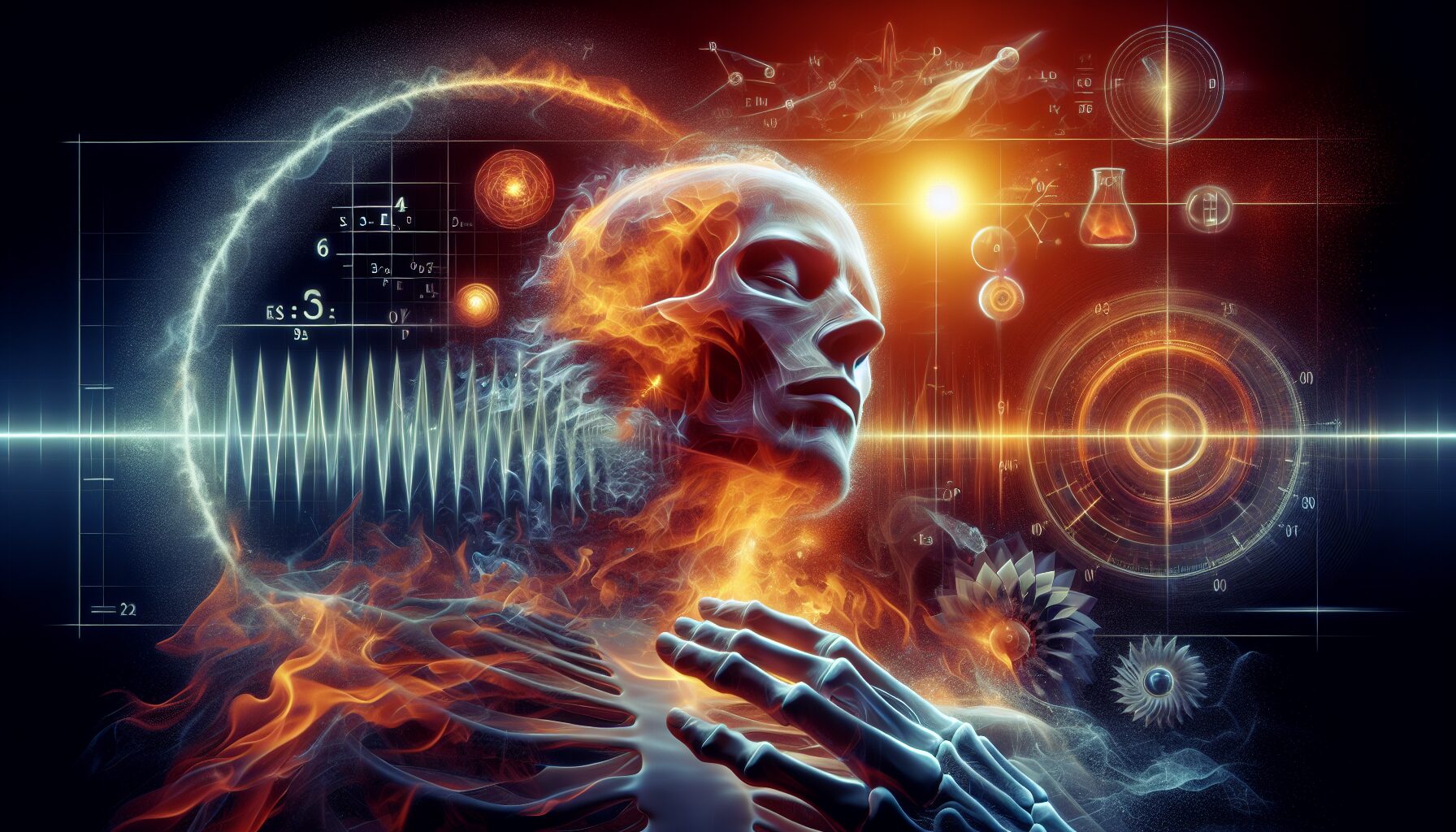The act of dying remains one of life’s greatest mysteries, a complex process where science, spirituality, and emotion intertwine. Recent advances in neuroscience, however, offer compelling insights into what happens in the brain during the final moments of life.
The Final Moments
As the body approaches the final stages of life, significant neurological changes take place. Understanding these changes requires a closer look at what transpires within the brain during these moments. Researchers have identified a sequence of neural activity that paints a curious picture of the dying brain.
- Gamma Waves Surge: In the seconds before death, the brain exhibits a surge in high-frequency brainwaves known as gamma waves. These waves are associated with states of consciousness and cognitive activity. A study observed in dying rats in 2013 noted that their brains experienced a heightened state of synchrony in gamma activities, suggesting that the brain might be experiencing a form of heightened consciousness.
- Life Review: The phenomenon of life flashing before one’s eyes, also known as a life review, might have a neurological basis. This could be attributed to the activation of the occipital lobes and memory centers in the brain, as it attempts to process information under the dire conditions.
Entering a Transcendental State
Many individuals report transcendental experiences during near-death episodes. These experiences often include a sense of peace, detachment from the body, and an encounter with a bright light. Neuroscientist Dr. Eben Alexander, author of “Proof of Heaven,” describes his near-death experience thusly:
“I was encountering the reality of a world of consciousness that existed completely free of the limitations of my physical brain.”
Current theories suggest these experiences may result from the brain’s intricate network entering a hyper-excited state, potentially flooded with neurochemicals like endorphins and DMT (N,N-Dimethyltryptamine), creating a potent, dreamlike state as the brain senses its impending shutdown.
The Role of Oxygen and Blood Flow
As death approaches, oxygen levels drop, and blood flow to the brain diminishes. This lack of oxygen triggers a chain reaction leading to massive neural firing. A study from the University of Michigan highlighted how reduced oxygen could lead to heightened electrical activities, creating a vivid internal experience.
- Oxygen Deprivation: During this phase, neurons may fire erratically, attempting to compensate for decreased oxygen. This could contribute to the sensation of vivid experiences.
- Wave of Suppression: Following the increase in neuron firing, a period of suppression occurs as neuronal activity ceases, usually signifying the last effort of a dying brain.
The Science of Peacefulness
While the decline in the brain’s function might sound distressing, many reports from hospice care professionals and researchers indicate a calming phase that aligns with chemical changes in the amygdala and hypothalamus, parts of the brain responsible for emotional regulation. As Jacob Kahn, a renowned neurologist, notes:
“The brain’s biochemical balance shifts, potentially removing fear and stress, bestowing an uncanny sense of tranquility during the dying process.”
Spiritual and Philosophical Implications
The scientific understanding of these final moments also opens doors to broader philosophical dialogues. While neuroscience offers explanations rooted in biological processes, individuals might interpret these dying experiences through spiritual or philosophical lenses. For those who view this stage as a passage, the neurochemical explanations complement rather than contradict their beliefs.
- Consciousness Exploration: The rise of gamma waves and the experiences reported challenge the boundaries of where consciousness ends and supports theories suggesting consciousness as potentially persisting beyond physical death.
- Bridging Science and Spirituality: As Dr. Peter Fenwick, a leading expert on dying, articulates: “Science and spirituality, rather than opposing forces, may actually be two sides of the same coin in the context of dying.”
Conclusion
The neuroscience of dying presents an awe-inspiring glimpse into our final moments, weaving together threads of biological functionality and potential consciousness beyond. Although we might not fully unravel all the mysteries of dying, these scientific insights provide comfort and a deeper understanding of how the human brain orchestrates its final chapter. As research continues, the puzzle of life’s ultimate mystery promises to reveal more about the interplay between mind, body, and the enigma of what may lie beyond.

